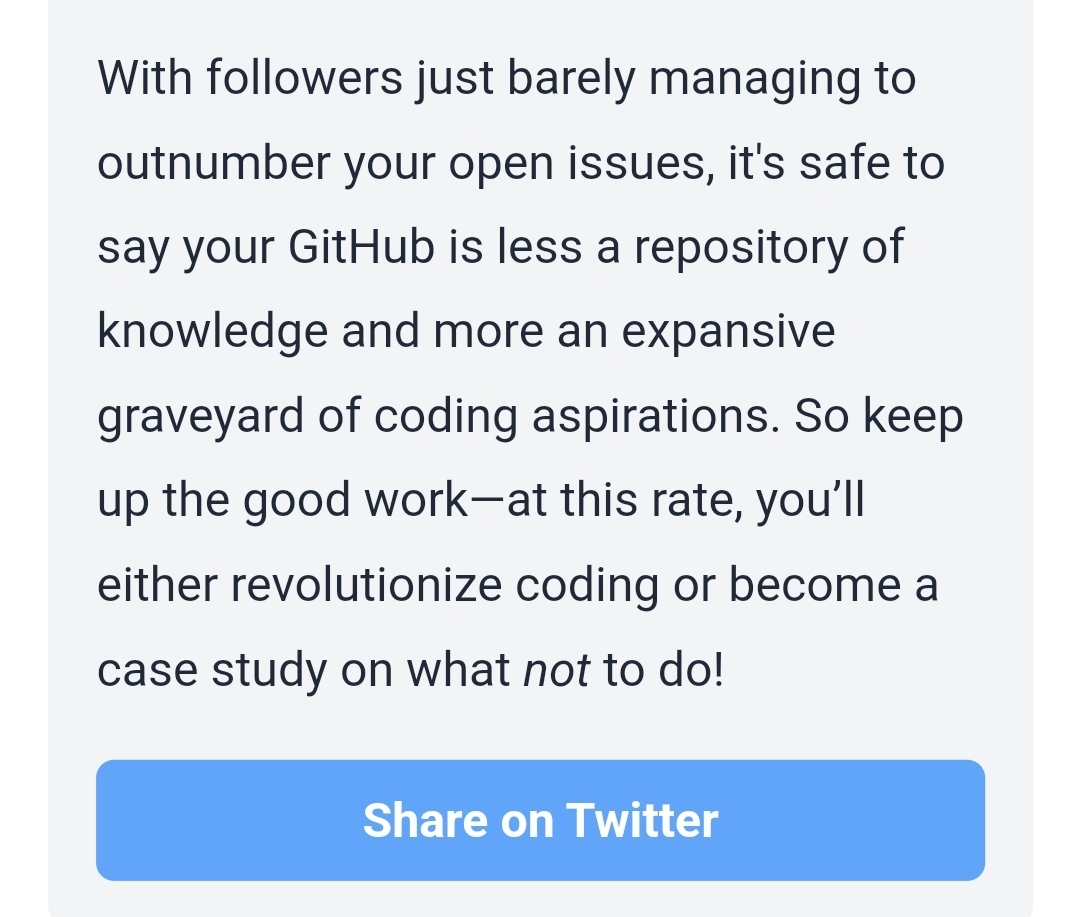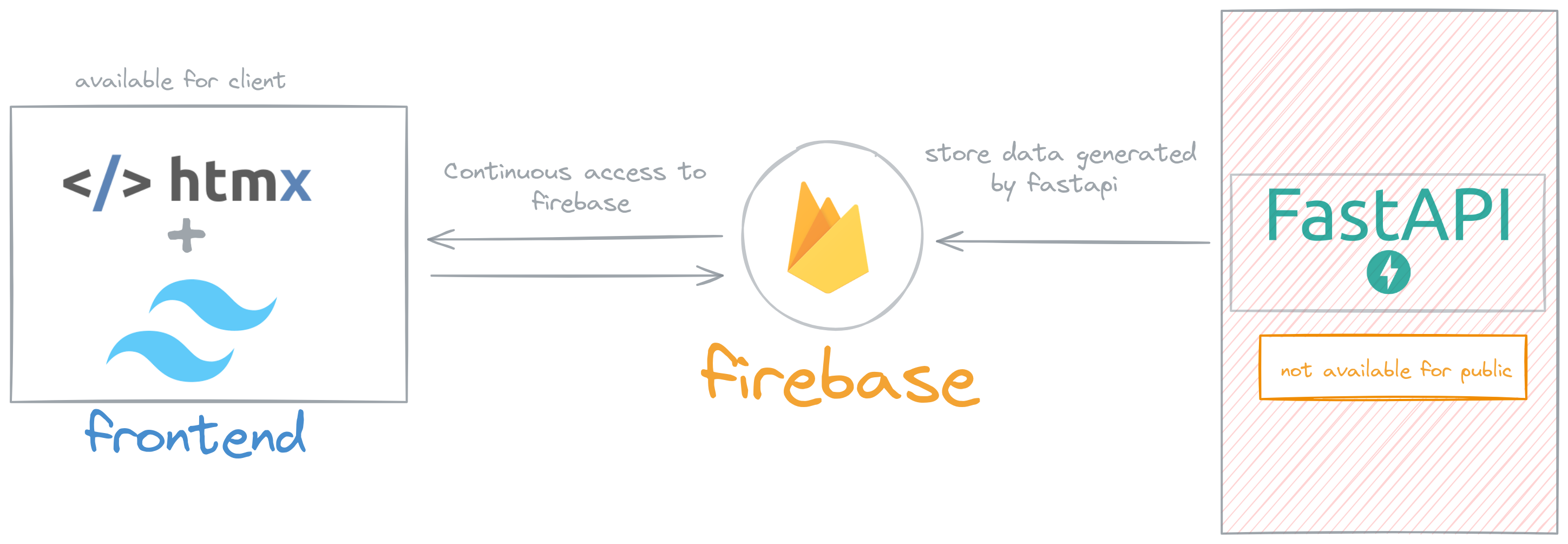Hey, I was busy with some issues, so I wasn't able to be active in online spaces. I'm sharing the final tailored draft I documented for my personal use. Please let me know if something doesn't seem to be on point or needs explanation.
I will also attach the workflow image if possible.
for dev and prod we have different configuration which is used depending on the environment.
#for dev
server {
listen 80;
server_name localhost;
client_max_body_size 10M;
location /.well-known/acme-challenge/ {
root /vol/www/;
}
location / {
proxy_pass http://django:8000/;
proxy_set_header Host $host;
proxy_set_header X-Real-IP $remote_addr;
}
location /static/ {
alias /app/static/;
}
location /media/ {
alias /app/media/;
}
}
#for prod
server{
listen 80;
server_name _;
return 444;
}
server{
listen 443;
server_name _;
ssl_certificate /etc/letsencrypt/live/${DOMAIN}/fullchain.pem;
ssl_certificate_key /etc/letsencrypt/live/${DOMAIN}/privkey.pem;
return 444;
}
server {
listen 80;
server_name ${DOMAIN} www.${DOMAIN};
client_max_body_size 10M;
location /.well-known/acme-challenge/ {
root /vol/www/;
}
location / {
return 301 https://$host$request_uri;
}
}
server {
listen 443 ssl;
server_name ${DOMAIN} www.${DOMAIN};
client_max_body_size 10M;
ssl_certificate /etc/letsencrypt/live/${DOMAIN}/fullchain.pem;
ssl_certificate_key /etc/letsencrypt/live/${DOMAIN}/privkey.pem;
ssl_protocols TLSv1.2 TLSv1.3;
ssl_prefer_server_ciphers on;
ssl_ciphers ECDHE-ECDSA-AES128-GCM-SHA256:ECDHE-RSA-AES128-GCM-SHA256:ECDHE-ECDSA-AES256-GCM-SHA384:ECDHE-RSA-AES256-GCM-SHA384:ECDHE-ECDSA-CHACHA20-POLY1305:ECDHE-RSA-CHACHA20-POLY1305:DHE-RSA-AES128-GCM-SHA256:DHE-RSA-AES256-GCM-SHA384;
add_header Strict-Transport-Security "max-age=31536000; includeSubDomains; preload" always;
add_header Referrer-Policy "no-referrer";
location / {
proxy_pass http://django:8000/;
proxy_set_header Host $host;
proxy_set_header X-Real-IP $remote_addr;
proxy_set_header X-Forwarded-Proto $scheme;
proxy_set_header X-Forwarded-For $proxy_add_x_forwarded_for;
add_header P3P 'CP=""';
proxy_redirect off;
}
location /static/ {
alias /app/static/;
}
location /media/ {
alias /app/media/;
}
}
So what's the issue ?
Issues arises when we are deploying the project to production and server(nginx) is booting for the first time inside the docker. We can't use prod configuration as it require updating some variables and path such as ssl(TLS) cert path, which isn't the big problem as such because we can do it anyway and refresh the nginx once we are done with acme challenges but that would be just quick fix than doing it right way and will be creating too many loose ends.
fixing it
With some testing and looking here and there came up with
- While booting/creating nginx container use
nginx/manager.shwhich verify if certificate is present, if not load thenginx.dev.conf. - Nginx container is up and running.
- Certbot container is created and managed by
certbot-init.sh
#!/bin/sh
set -e
echo "Getting certificate..."
certbot certonly \
--webroot \
--webroot-path "/vol/www/" \
-d "$DOMAIN" \
--email $EMAIL \
--rsa-key-size 4096 \
--agree-tos \
--noninteractive
if [ $? -ne 0 ]; then
echo "Certbot encountered an error. Exiting."
exit 1
fi
#for copying the certificate and configuration to the volume
if [ -f "/etc/letsencrypt/live/${DOMAIN}/fullchain.pem" ]; then
echo "SSL cert exists, enabling HTTPS..."
envsubst '${DOMAIN}' < /etc/nginx/nginx.prod.conf > /etc/nginx/conf.d/default.conf
else
echo "Certbot unable to get SSL cert,server HTTP only..."
fi
echo "Setting up auto-renewal..."
apk add --no-cache dcron
echo "0 12 * * * certbot renew --quiet" | crontab -
crond -f
- and acme challenges is completed.
- New certificate is placed at
"/etc/letsencrypt/live/${DOMAIN}/fullchain.pem". - Production conf(
nginx.prod.conf) is loaded as - Meanwhile this whole operation is monitored by a script which is setup during the creation of nginx container. This script make sure that nginx refresh when ever there is changes in the configuration file.
inotifywait -m -r -e modify,move,close_write /etc/nginx/conf.d/default.conf /etc/letsencrypt |
while read path action file; do
echo "Change detected in $file: $action"
echo "Reloading nginx!"
nginx -s reload
done &
Auto-renew the certificate
Auto-renew is easy to setup we just mash up a cron job and a certification change detection script along with nginx/manager.sh and certbot-init.sh .
nginx/manager.sh
inotifywait -m -r -e modify,move,close_write /etc/nginx/conf.d/default.conf /etc/letsencrypt | #--> '/etc/letsencrypt' for certificate renew
while read path action file; do
echo "Change detected in $file: $action"
echo "Reloading nginx!"
nginx -s reload
done &
certbot-init.sh
echo "Setting up auto-renewal..."
apk add --no-cache dcron
echo "0 12 * * * certbot renew --quiet" | crontab -
crond -f


Can someone calculate how much an iPhone would cost if manufactured in the USA?